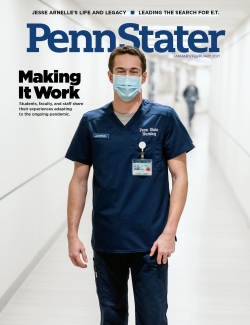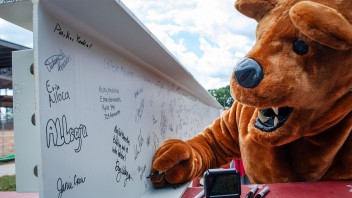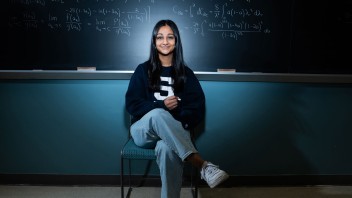An Autumn Like No Other
The just-completed fall semester brought unprecedented challenges for students, faculty, and staff across the university. We asked some of them to share their stories of life on (and off) campus in the time of remote learning, social distancing, and anxiety around the ongoing pandemic.



